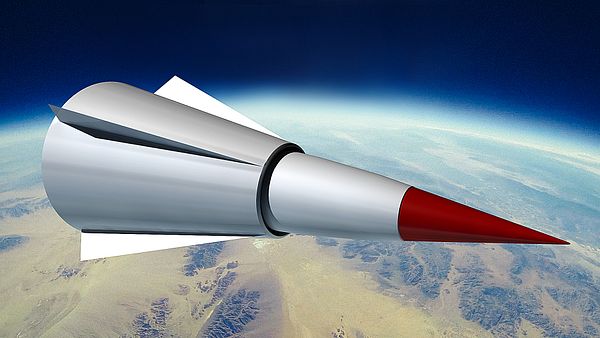©2021 Reporters Post24. All Rights Reserved.
Chinese military researchers have announced a potential breakthrough in hypersonic weapons technology, claiming the ability to launch missiles from space-based platforms, including satellites. According to a study published in April 2025 in the Chinese journal Acta Aeronautica et Astronautica Sinica, the development centers around advanced re-entry glide vehicles (RGVs) capable of reaching speeds up to 21,000 km/h (approximately Mach 20).
The researchers assert that such systems could strike any target globally within 30 minutes, significantly compressing the response time of early-warning systems and complicating interception efforts by missile defense networks.
RGVs are designed to maneuver in the upper atmosphere with acceleration forces of 3–5g, allowing them to rapidly alter trajectory mid-flight — a feature that increases their survivability against conventional air defense systems.
The study, led by Professor Guo Yang of the PLA Rocket Force, emphasizes the aerodynamic efficiency of these glide vehicles, which exhibit both high lift and low drag. These characteristics enable the warheads to maintain hypersonic speeds while performing evasive maneuvers during descent.

However, the research also notes key limitations. The vehicles generate strong infrared signatures, making them vulnerable to detection over long distances. In addition, reduced maneuverability during the terminal phase and limited communication bandwidth may hinder operational control.
Importantly, the researchers highlight that RGVs can be launched from various platforms — not only from ground-based systems but also from space-based assets.
This flexibility opens the possibility of establishing space-based hypersonic strike capabilities, marking a new phase in global strategic weapons development.
The announcement comes amid a joint US-UK research team conducted 233 successful tests of a high-speed air-breathing engine designed for a future hypersonic cruise missile.
The engine demonstrated consistent performance across a range of flight speeds, from supersonic to hypersonic, and will serve as the foundation for a prototype weapon under the UK Ministry of Defense’s Team Hypersonics program, scheduled for development by 2030.
Earlier, General Sir Patrick Sanders, former UK Army Chief, warned that Britain must prepare for a potential two-front war with Russia and China within the next two years. He described the scenario as a “polycrisis” and criticized the UK’s defense strategy for lacking urgency, stressing that deterrence and military readiness are the only way to prevent conflict.


